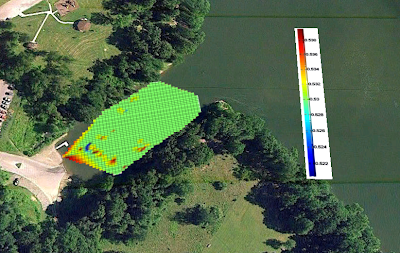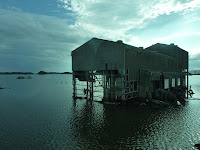On Tuesday the 14th of August, thanks to Innovation Works
who sponsored our attendance, the Platypus team took part in the Energy Inc
Conference and Trade Show held at the David Lawrence Convention Center in
Pittsburgh. This event catered to many different investors, business
executives as well as various energy companies.
The Keynote speaker for the event was Charles
McConnell, the assistant secretary for fossil energy in the US Department of Energy, who is also a CMU Graduate. His address focused on the energy market in western Pennsylvania.
Many
different companies had booth’s at the trade show. The focus was on
energy sources whether it be gas, oil, coal wind or solar energy. Most of the people in attendance were investors, manufactures and service providers that support
the creation of the regions energy marketplace.
Platypus had set up a booth where we spoke about the solar recharging station that is
currently being developed. This solar recharging station will eliminate
most of the need for human interaction with the boats and reduce the amount of
maintenance needed. After the boats autonomously sample a body of water, they can
return to their solar recharge station or as nicknamed the “Doghouse”, where solar energy will be used to recharge the batteries.
The attendees of the show were very interested in our boats and their capabilities. The Platypus team got a chance to met a lot of interesting
people and made some new contacts to follow up on.
After a
long day of pimping out the boats, team member Chris headed straight to the
bar the second it opened, although another member Balajee was nowhere to
be found.
Will we
find out the reason for Balajee’s mysterious disappearance?
Stay Tuned for updates on the blog to find out!
Stay Tuned for updates on the blog to find out!














